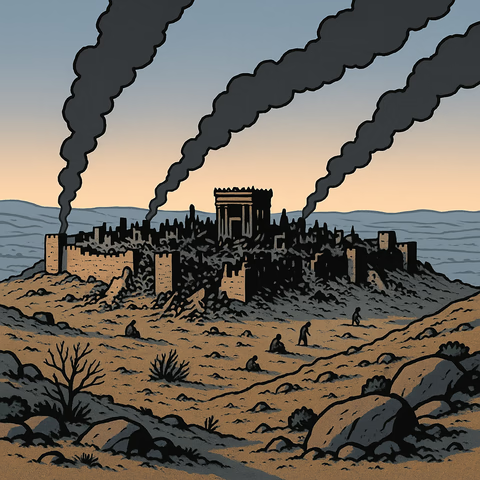
Timeline of the Babylonian Exile and Restoration
Through Jeremiah, Yahweh predicted 70 years of Babylonian dominance. Then, it happened!
Daniel watched it unfold from inside the Babylonian court. Ezekiel saw it from the exiles’ perspective. And archaeological discoveries have confirmed these biblical accounts in remarkable detail.
Clearing up confusion: 70 or 50 years?
The exact length of the exile has been a source of confusion for many years, with people mixing up the timing ever since the days of Josephus in the first century AD! To help clear it up, we’ve written a detailed article about the issues around the exile’s length:
Timeline
626 BC
Nabopolassar Founds Neo-Babylonian Empire
The Chaldean chief Nabopolassar declares independence from Assyria and establishes himself as king of Babylon, beginning the Neo-Babylonian (Chaldean) Dynasty.
Josephus, Antiquities 10.5.1
609 BC
Fall of Harran
The last Assyrian stronghold falls to Babylonian and Median forces. Ashur-uballit II, the final Assyrian king, disappears from history. This marks the definitive end of the Assyrian Empire after more than a millennium of dominance.
The Babylonian Empire is now the dominant superpower in the ancient Near East and will remain so for the next 70 years.
605 BC
Battle of Carchemish
Nebuchadnezzar II defeats Egyptian forces at Carchemish, establishing Babylonian dominance over the Levant.
Nebuchadnezzar becomes Babylonian king.
604 BC
Judah Becomes Vassal State
Jehoiakim of Judah submits to Babylonian authority and begins paying tribute to Nebuchadnezzar.
2 Kings 24:1; Josephus, Antiquities 10.6.1
602 BC
Judah Rebels Against Babylon
After serving as Nebuchadnezzar’s vassal for three years, King Jehoiakim rebels against Babylon. Nebuchadnezzar’s army comes and takes Jehoiakim away to Babylon in chains.
Also, Nebuchadnezzar takes away some of the sacred objects from the temple.
Later, at some unspecified time, Daniel and other Judean nobles are recruited for training in Babylon. This is not one of the mass deportations, but rather a program only for the most elite young Judean men.
597 BC
First Siege of Jerusalem; First Deportation
Captured Jehoiakim dies in Babylon, so back in Judah, his son Jehoiachin automatically becomes king.
However, after just 3 months of his reign, Nebuchadnezzar captures Jerusalem. Jehoiachin surrenders and is taken to Babylon along with about 10,000 other captives, including Ezekiel. More Temple treasures and palace wealth are carried off to Babylon.
The Babylonians then take Jehoiachin’s uncle, MatThaniAh, rename him Zedekiah, and install him as king instead.
2 Kings 24:10-17; 2 Chronicles 36:9-10; Ezekiel 1:1-3; Jeremiah 29:1-2
593 BC
False Prophets Promise Quick Return
While Jeremiah warns of a long exile, false prophets in both Jerusalem and Babylon predict a quick return of the exiles and the Temple treasures. Jeremiah sends a letter to the exiles telling them to settle in Babylon for the long term.
589 BC
An Attack on Jerusalem
Pharaoh’s army marches out from Egypt, presumably in an attempt to assert control over Judah or the region in general. In response, Nebuchadnezzar attacks and possibly lays siege to Jerusalem, perhaps to ensure it will not rebel, but soon the Babylonians withdraw to meet Pharaoh’s army.
However, Jeremiah prophesied that the Egyptians would retreat and the Babylonians would later return to destroy Jerusalem. This earlier, brief siege marks the start of the 70 years of rage (Jeremiah 37:5-8).
588 BC
Zedekiah’s Rebellion
Despite Jeremiah’s warnings, Zedekiah rebels against Babylon, allying with Egypt’s Pharaoh Hophra.
Over 18 months between 587 and 586 BC
Destruction of Jerusalem; Second Deportation
After an 18-month siege, the Babylonians breach Jerusalem’s walls on the 9th of Tammuz.
Zedekiah attempts to flee but is captured near Jericho. His sons are killed before his eyes, then he is blinded and taken to Babylon.
A month later, Nebuzaradan burns the Temple, palace, and entire city. Most surviving Jews are deported to Babylon.
Gedaliah is appointed governor over the remnant.
2 Kings 25:3-21; Jeremiah 52:12-30; Jeremiah 39:1-10; 2 Chronicles 36:17-21
586-582 BC
Aftermath and Final Deportation
Some Jews flee to Egypt, forcing Jeremiah to go with them. After Gedaliah’s assassination by Ishmael, son of Nethaniah, Nebuchadnezzar orders a final deportation of the remaining Jews to Babylon.
Jeremiah 41-43; Jeremiah 52:30; 2 Kings 25:22-26; Josephus, Antiquities 10.9.7
562 BC
Death of Nebuchadnezzar
After a 43-year reign, Nebuchadnezzar dies. His son Evil-Merodach releases Jehoiachin from prison and gives him a place at the royal table.
556-539 BC
Babylon’s Decline
A series of weak rulers, including Nabonidus and his son Belshazzar, lead to internal instability and military vulnerability.
539 BC
Fall of Babylon
Cyrus the Great of Persia captures Babylon without a battle, ending the Neo-Babylonian Empire. He soon issues a decree allowing Jews to return to Jerusalem.
Daniel 5:1-6:3; Daniel 9:1-2; Ezra 1:1-4; Josephus, Antiquities 11.1.1-3
538 BC
70 Years Over; Cyrus’s Decree of Return
Daniel, now serving the Persians in Babylon, had been studying Jeremiah’s prophecies and understood that the 70 years foretold by Jeremiah had already ended because Babylon had fallen.
Jeremiah 25:11-12 says:
‘And you’ll serve that nation for 70 years…
As well as Babylon’s king.
And after the 70 years are fulfilled;
On the king of Babylon and his wicked nation,
I will then bring My vengeance’
Counting back 70 years from 539 BC, we get 609 BC, when the Babylonians finally defeated the last Assyrian king, Ashur-uballit II, at the city of Harran, ending the Assyrian Empire and beginning seven decades of Babylonian dominance.
The Persian king Cyrus issues his famous decree allowing Jews to return to Jerusalem and rebuild the Temple. He returns the Temple vessels that Nebuchadnezzar had taken.
SasaBasar (Sheshbazzar) leads the first group of returnees.
Daniel 9:1-2; Ezra 1:1-11; 2 Chronicles 36:22-23; Josephus, Antiquities 11.1.1-3
537 BC
The Return Under Zerubbabel
Zerubbabel and Joshua lead nearly 50,000 Jews back to Jerusalem. They rebuild the altar and restore daily sacrifices. Foundation of the Second Temple is laid amid mixed rejoicing and weeping.
516 BC
Second Temple Completed
The Temple is finally completed in the sixth year of Darius I. The dedication is celebrated with joy, and Passover is observed.
Ezra 6:15-22; Josephus, Antiquities 11.4.7
458 BC
Ezra’s Return
Ezra leads a second group of returnees from Babylon. He brings with him the Law of Moses and begins religious reforms, particularly addressing the issue of intermarriage.
445 BC
Nehemiah Rebuilds Walls
Nehemiah arrives as governor and leads the rebuilding of Jerusalem’s walls in just 52 days, despite fierce opposition. Together with Ezra, he establishes religious and social reforms.
420 BC
End of Hebrew Biblical History
The events of Ezra-Nehemiah mark the end of the historical narrative in the Hebrew Bible. The restored Jewish community is firmly established in Jerusalem, though under Persian rule.
The next major event in Jewish history is the Maccabean Revolt, which begins in 167 BC.
Nehemiah 13:4-31; Josephus, Antiquities 11.5.8
Timelines: Bible History
 Timeline of the Kings of Israel and Judah
Timeline of the Kings of Israel and Judah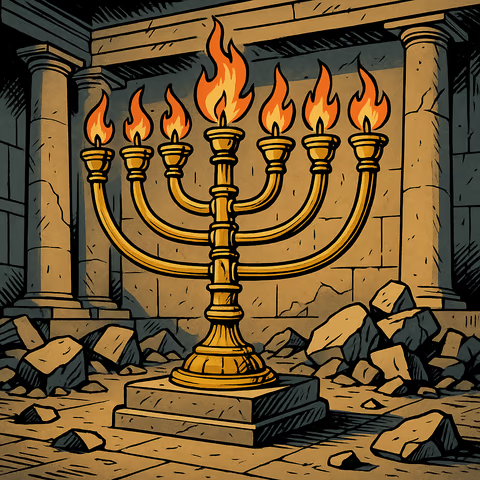 Timeline of the Maccabeean Period
Timeline of the Maccabeean Period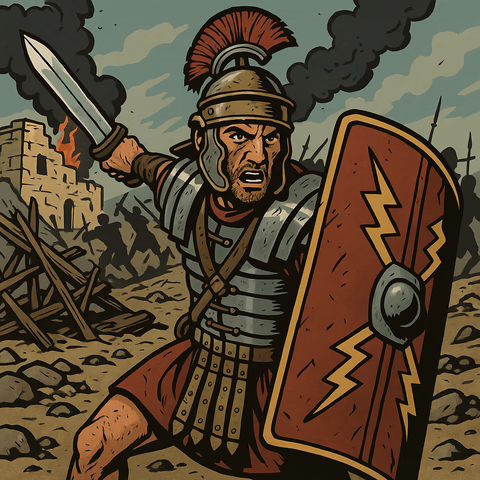 Timeline of the Jewish-Roman Wars
Timeline of the Jewish-Roman Wars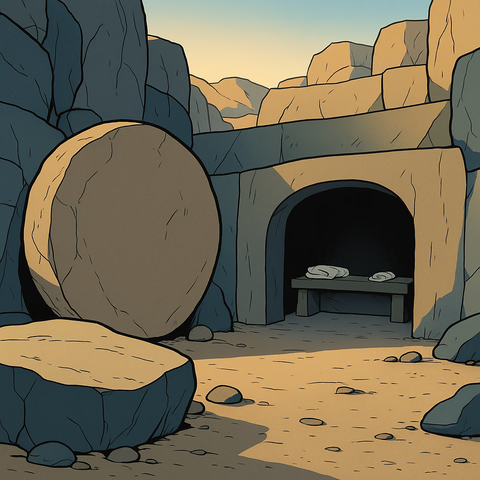 Timeline of Jesus' Death and Resurrection
Timeline of Jesus' Death and Resurrection Timeline of the Babylonian Exile and Restoration
Timeline of the Babylonian Exile and Restoration
Timelines: Doctrines
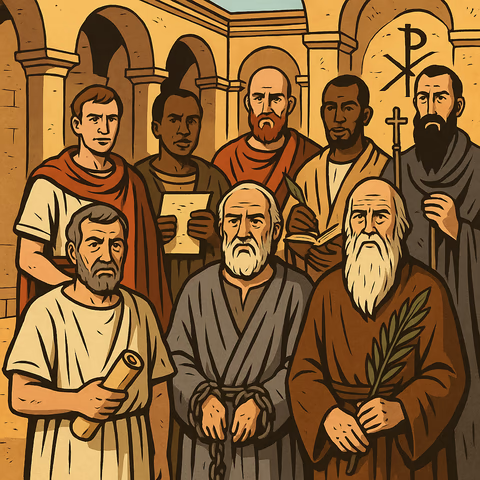 Timeline of Church Fathers and their Doctrines
Timeline of Church Fathers and their Doctrines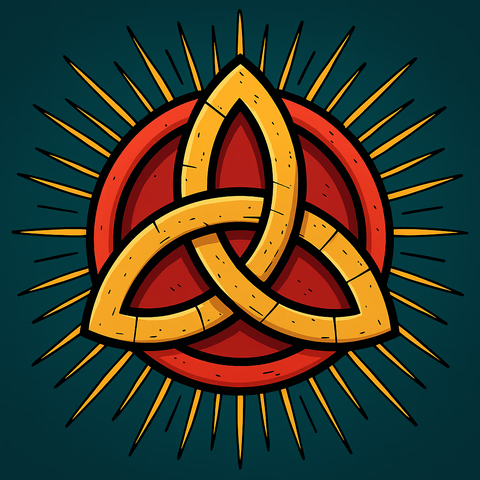 Timeline of the Trinity Doctrine
Timeline of the Trinity Doctrine Timeline of Afterlife Doctrines
Timeline of Afterlife Doctrines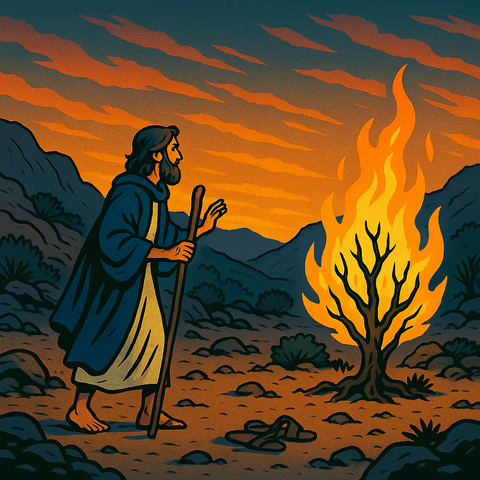 Timeline of God's Name
Timeline of God's Name
Timelines: Miscellaneous
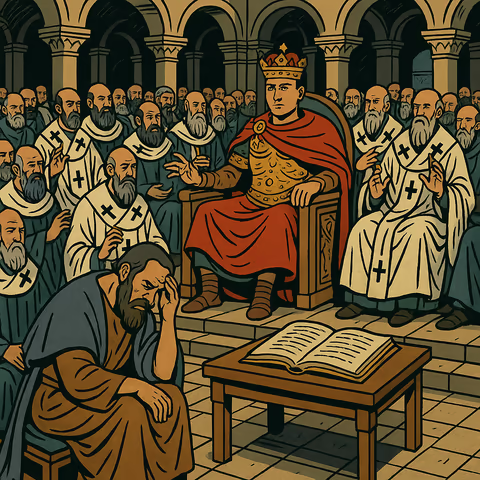 Timeline of Bible Canon Formation
Timeline of Bible Canon Formation Timeline of Bible Translation
Timeline of Bible Translation Timeline of Church Schisms, Gnostics, and Sects
Timeline of Church Schisms, Gnostics, and Sects Timeline of Failed Apocalyptic Predictions
Timeline of Failed Apocalyptic Predictions
Also see our Articles index and our About section.